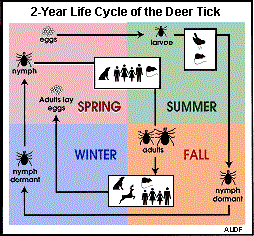tick life cycle canada
The adults of the Blacklegged tick will generally feed on the white-tailed deer during the winter months and mate during this time. Scroll down or click on a specific season below to understand the habits and life cycle of ticks in each season.
Transmission Canlyme Canadian Lyme Disease Foundation
Adult ticks have eight legs unlike insects which have six.
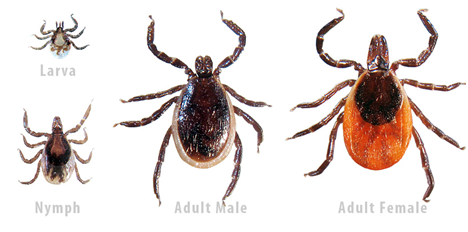
. Female ticks lay thousands of eggs on the ground which then hatch into larvae known as seed ticks. The tick life cycle consists of four stages. Female adults die after egg-laying is.
Larva nymph and adult. As the pictures above depict ticks have 3 life-stages. Egg larvae nymph and adult.
It begins in early spring when adult females lay eggs on the. Depending on the species and environmental conditions the entire life cycle may take anywhere from a few months to 4 years. However some species of larvae can live for months without maturing or finding a blood meal.
Life cycle and persistence in the environment In the fall ticks climb the vegetation and are barely visible to the naked eye. Tick larvae prefer smaller hosts while the nymphs and adults will feed on a variety of larger hosts including dogs cats and people. There are more than 20 species of ticks in British Columbia but only three species normally bite humans.
Each life stage will find a host starting with small rodentsbirds then moving on to larger mammal and feed for several days then fall to the ground to molt into the next stage. EGGS Gravid pregnant female ticks lay batches of up to 1000 eggs at a time normally in May. Perched in clusters at a height of about 125 m they hold onto nearby animals.
In general eggs hatch in the spring when the ground thaws. They are abundant in the province of Ontario. Ixodes Scapularis nymphs are active from early May to late September though they can be abundant in the environment and on hosts during.
The Tick or the Egg. Disease in humans. Ticks cannot jump or fly and do not drop from trees.
Spring Summer Fall Winter Spring Ticks are active in the early spring. Treating a buffer band between wooded areas and maintained yards can be effective. Eggs Larvae Nymph and Adults.
Disease Carrying Ticks of Canada. At this stage of life these small ticks about 18-inch in size have six legs instead of the eight legs they will have later on in their lives. They go through a two-year life cycle.
Deer tick eggs hatch into larvae in the late summer months during which time they take one blood meal from a small mammal or bird. This species is unusual among ticks in that its entire life cycle can be completed indoors. Different Types of Ticks in Ontario Canada American dog tick or Dermacentor variabilis.
These ticks have four stages of the life cycle. Although the bites are sometimes painful and slow healing there is little danger of disease as long as they are removed promptly. In the fur of the animals they feed on the blood of their host and gradually continue their development in nymphs and then in adults.
Stages in the Life Cycle of Ticks The First Stage egg The adult female tick first fulfills a proper blood meal then the process of mating occurs between an adult male and adult female tick. Blacklegged Ticks are also known as Deer Ticks due to their. Treat when other pests first appear or when you notice lawn damage.
Usually one or two applications per season will control ticks in these areas. Ticks are bloodsuckers and require a host and its blood to survive molt and reproduce. There are dozens of tick species found across Canada but two of the most common are American Dog Ticks and Blacklegged Ticks.
THE BLACKLEGGED DEER TICK. Larvae and nymphs have six legs and adult ticks have eight legs. THE BASIC LIFE CYCLE OF TICKS Ticks mature in four stages moving from egg to larva and nymph to adult.
American Dog Ticks are common around the Rocky Mountains as well as Saskatchewan and the Atlantic provinces. These are three host ticks feeding on three unique hosts in the course of their lifespan with a moult or egg-laying occurring in the environment post feeding. Ticks can be active at temperatures of 4 and above which can be in every season even in the winter.
Locations that will give newly-hatched ticks a good chance of finding a host to feed from. 2 The Larvae Stage 2. These sticky clutches of eggs are normally hidden under leaves and debris.
Ticks have 4 life stages. 1 The Egg Stage 1 After the adult female tick has acquired a proper blood meal she mates with the adult male tick leaves the host and searches for a suitable spot to lay her eggs. Larvae and nymphs feed mainly on small mammals and birds but these ticks will bite people at any stage of their life cycle.
The eggs hatch and six-legged larvae emerge from the eggs. These egg clutches can be especially dangerous for pets like dogs and cats. The Life Cycle of a Tick.
The Brown Dog tick Rhipicephalus sanguineus commonly called kennel tick or pan-tropical dog tick is a species of tick which is found worldwide but more commonly in warmer climates. When an egg first hatches as a larva it requires a blood meal to mature. All larvae are born with six legs.
Releasing very tiny larvae. The life cycle of a deer tick lasts about two years and begins in the early spring when an adult female engorged full with blood lays fertilized eggs. The black-legged or deer tick found in southern and eastern Canada and the western black-legged tick found in the West.
The Ixodes scapularis ticks that transmit Lyme disease in Eastern regions of the United States and Canada have a two-year life cycle. These are the two you will often find in high risk areas. They can also evolve to change over time because they have a relatively short life cycle Over 88 per cent of the reported cases of Lyme disease in 2016 were from Ontario Quebec and Nova.
The life cycle of a tick is completed after four stages namely egg larva nymph and adult it requires more than a year to complete a full life cycle. Life Cycle of Ticks. They can survive on large mammals such as humans livestock dogs cats.

The Typical Life Cycle Of The Black Legged Or Deer Tick Ixodes Download Scientific Diagram

Ticks Royal York Animal Hospital

Ticks What Do I Need To Know As An Atlantic Canadian Mountain Road Animal Hospital

The Typical Life Cycle Of The Black Legged Or Deer Tick Ixodes Download Scientific Diagram
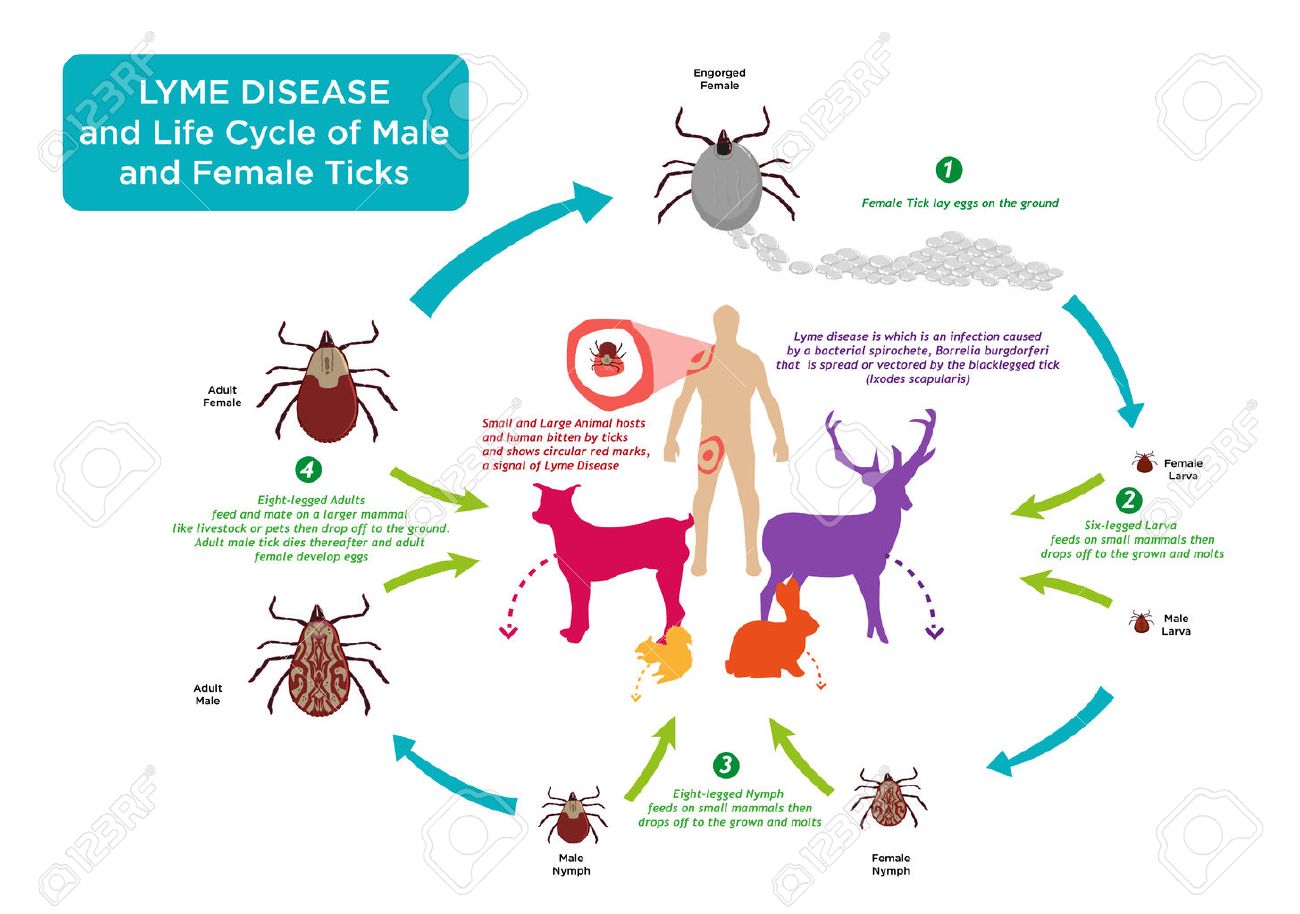
Life Cycle Of Tick Bug With Its Common Hosts And Human With Lyme Disease Which Is
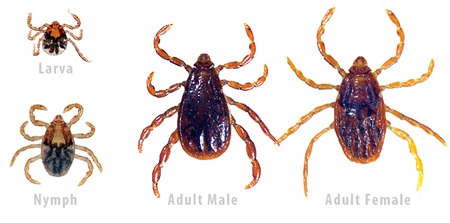
Ticks What Do I Need To Know As An Atlantic Canadian Mountain Road Animal Hospital

Typical Life Cycle Of The Blacklegged Tick Ixodes Scapularis And Download Scientific Diagram

What Diseases Do Ticks Carry My Pet And I
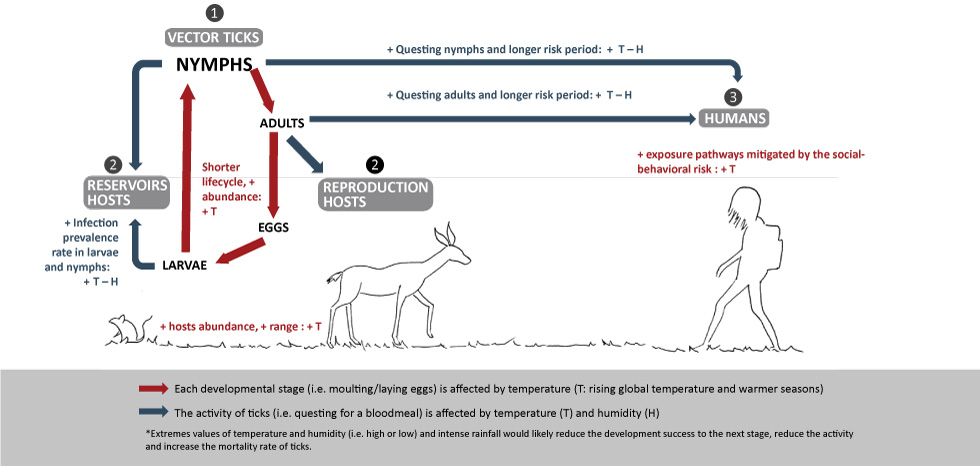
Tick Borne Disease With Climate And Environmental Changes Canada Ca

Alberta Ticks Cling On Through Wintry Weather Cbc News
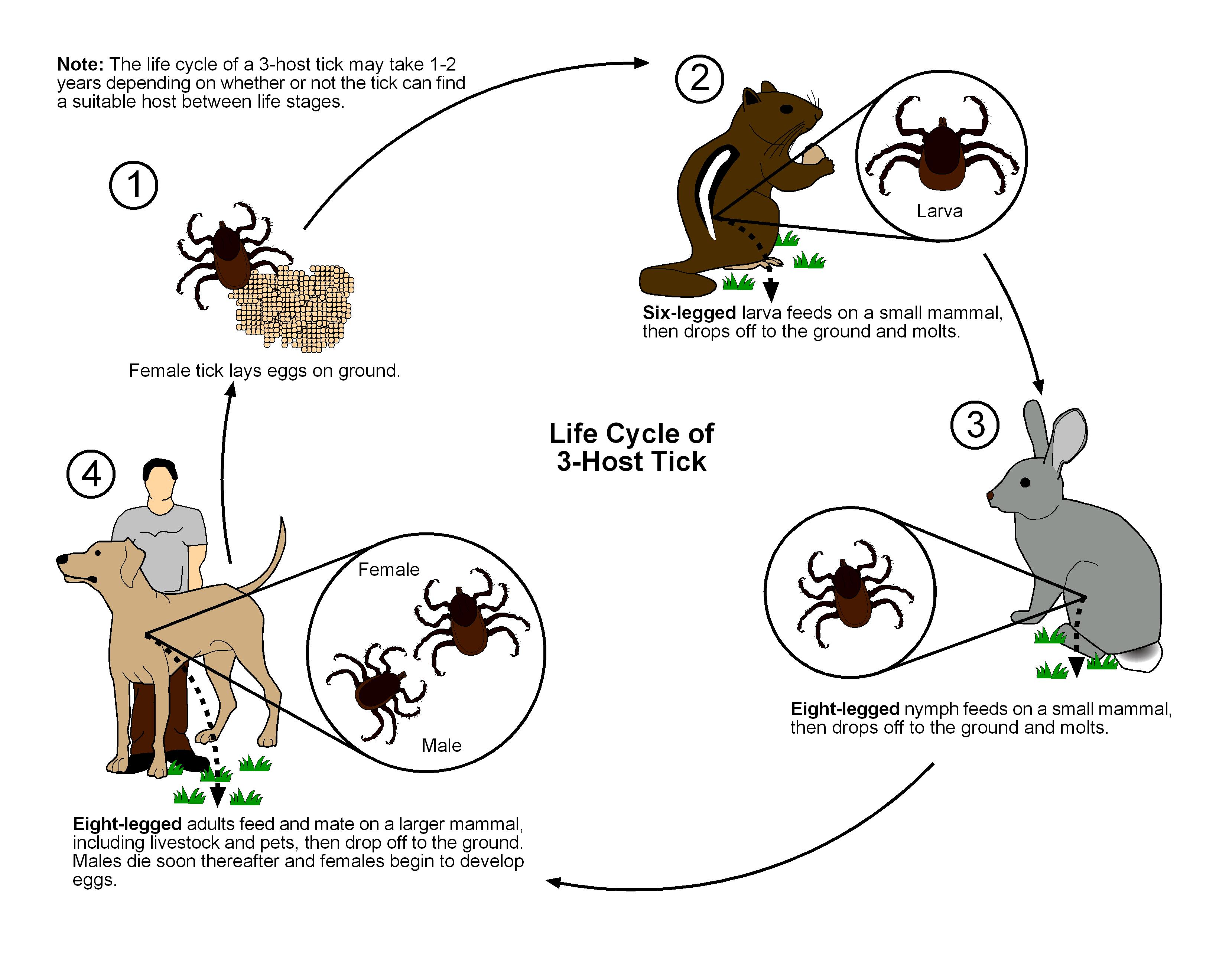
Resources Public Health And Medical Entomology Purdue Biology Entomology Insects Ticks Diseases Monitoring Control Hot Topics Agriculture Extension

Typical Life Cycle Of The Blacklegged Tick Ixodes Scapularis And Download Scientific Diagram
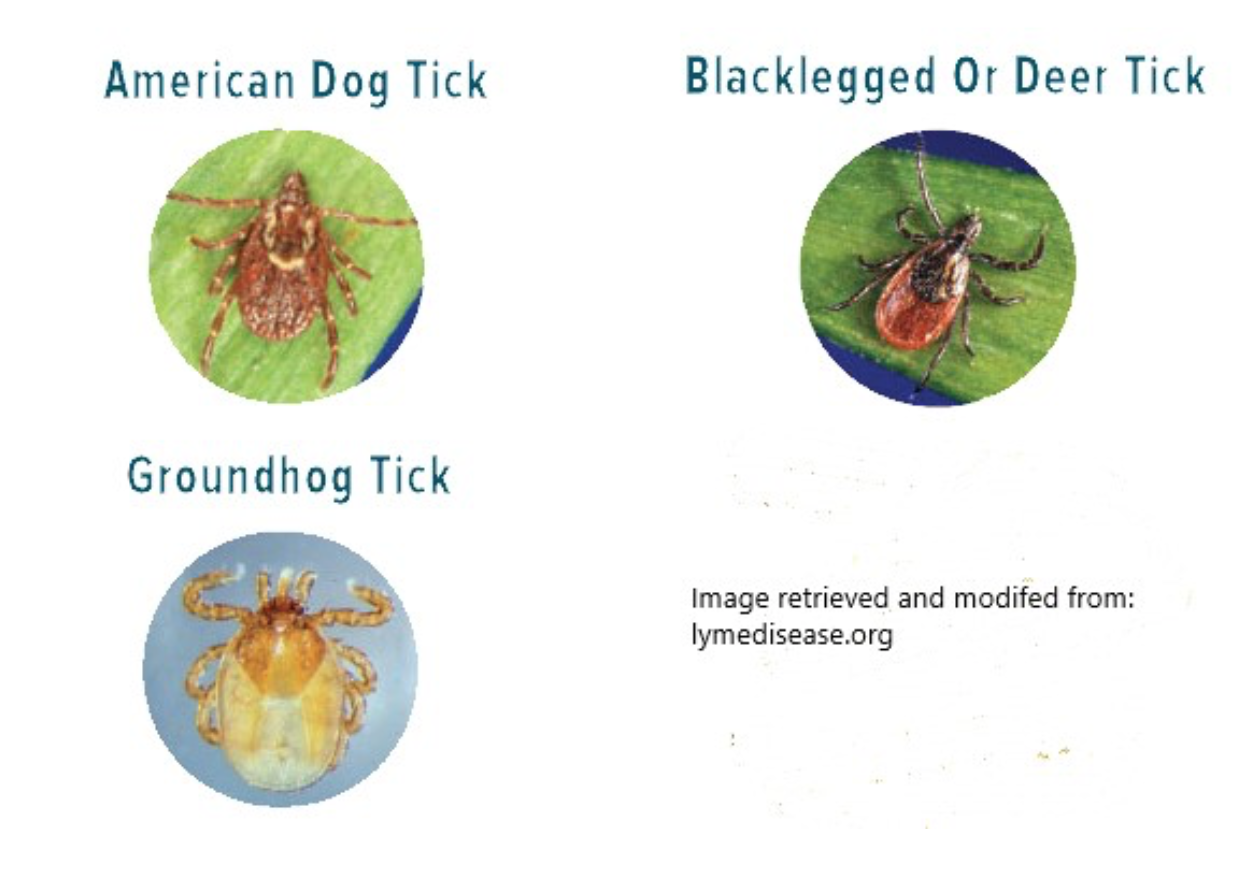
Ticks Lyme Disease And Our Pets St David S Veterinary Clinic

Ticks In Dogs Vca Animal Hospital

Western Blacklegged Tick Tickencounter
Tick Control And Disease Prevention Deerbusters Canada

Life Cycle Of The Ixodes Tick Vectors Of Lyme Borreliosis Reservoir Download Scientific Diagram

